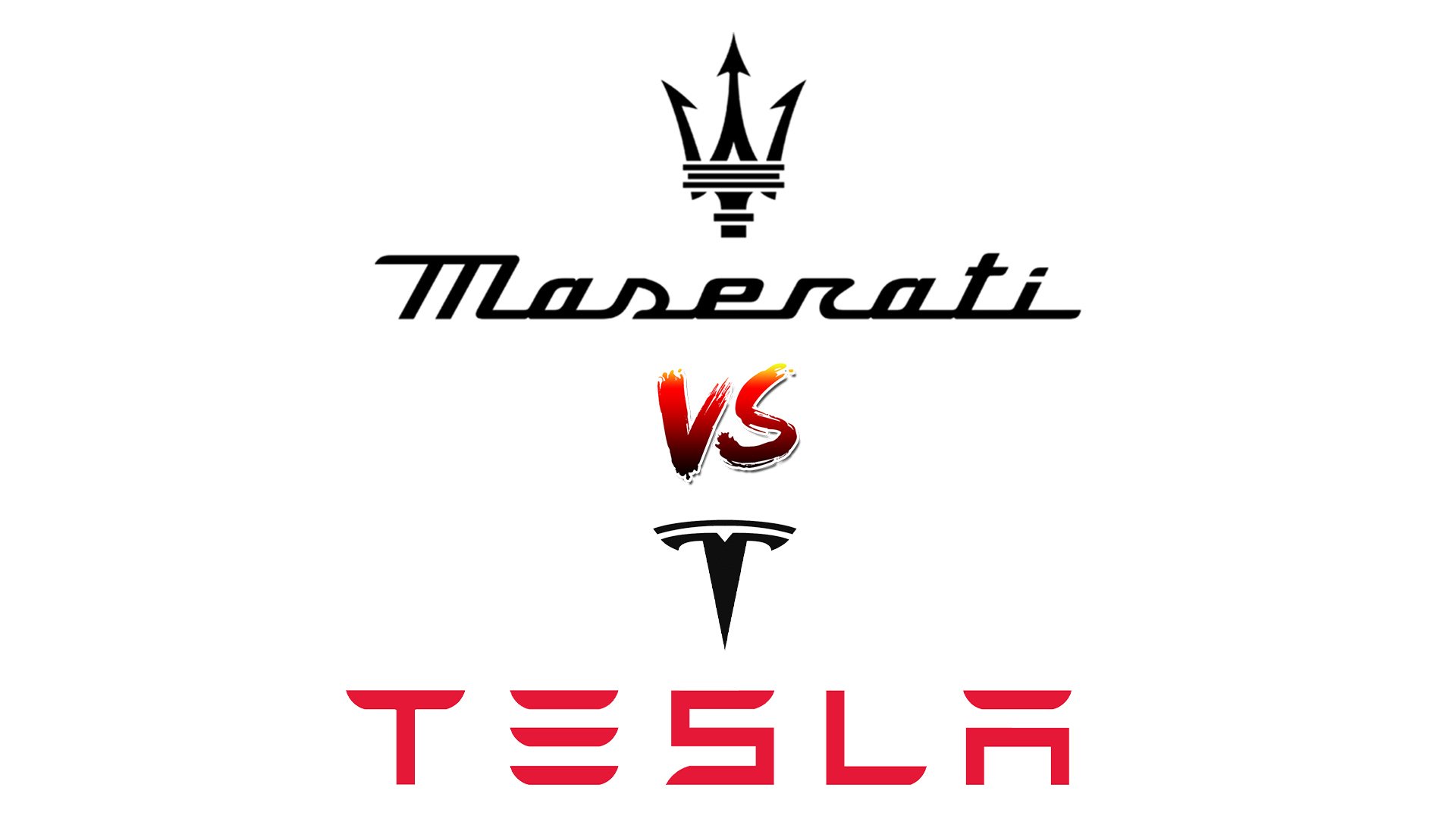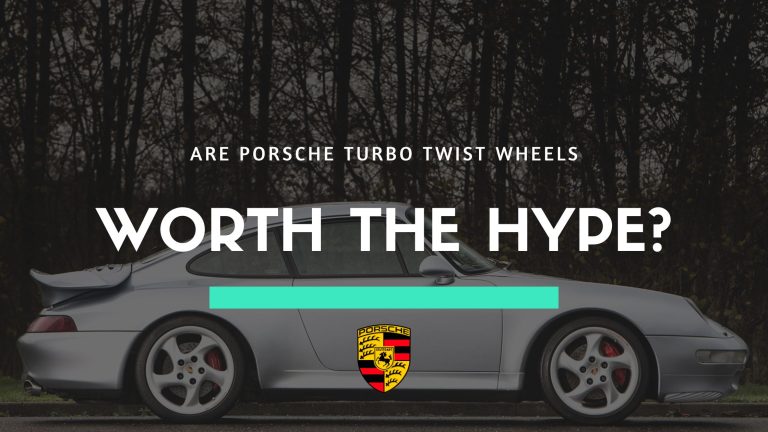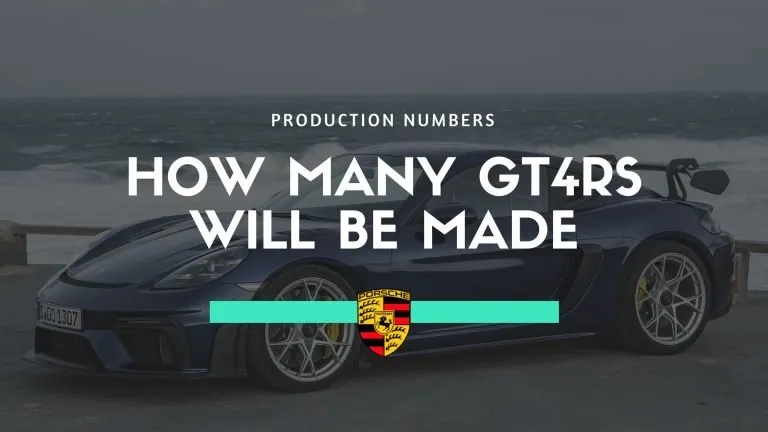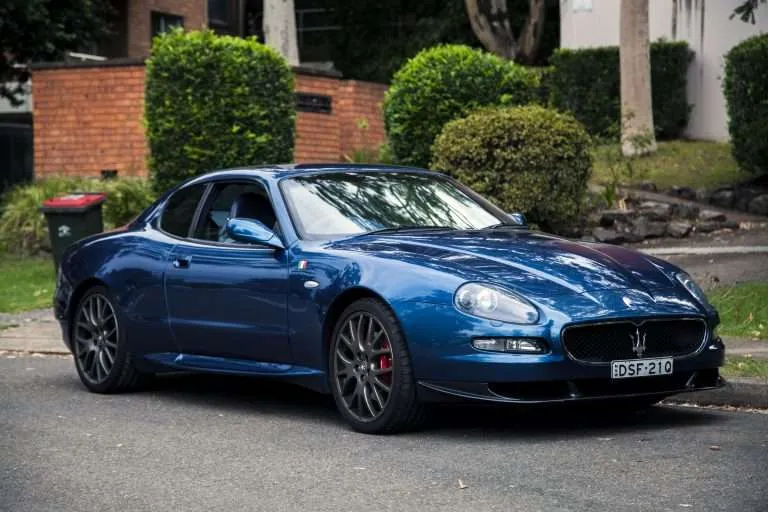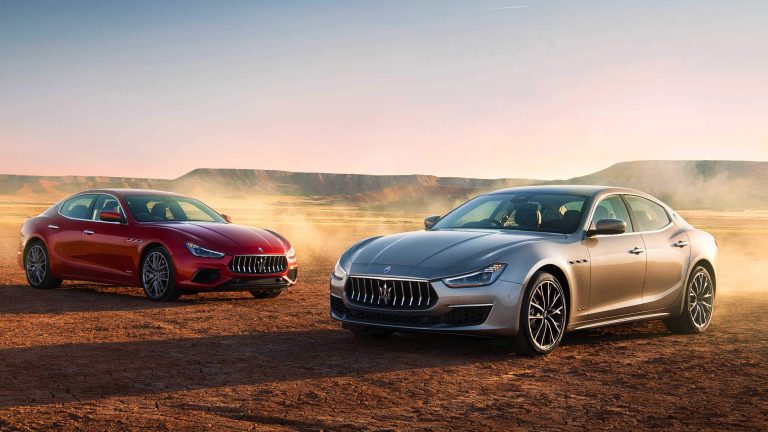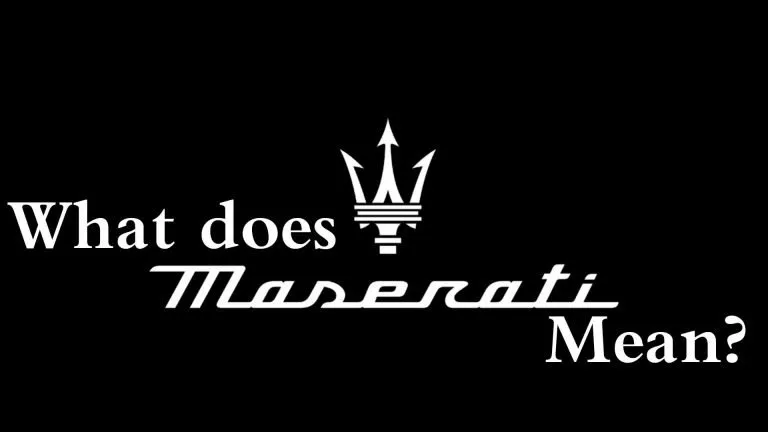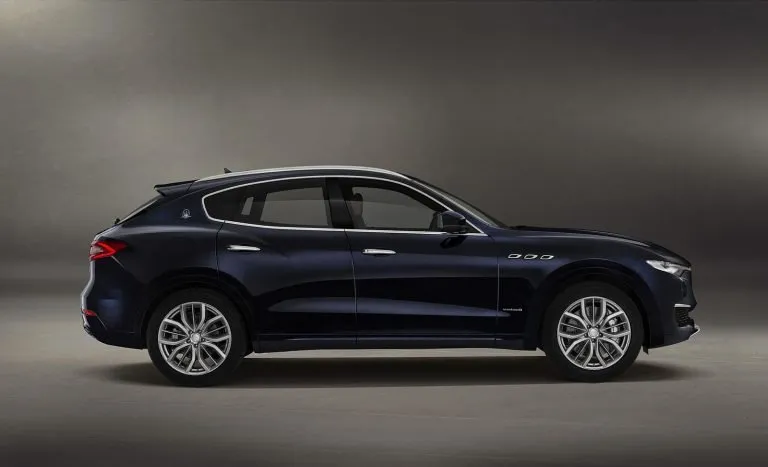The Ultimate Maserati vs Tesla Comparison – Which is Best (Answered)
When comparing cars, there are many brands that make great like-for-like comparisons. Aston Martin and Maserati, for example. Jeep and Land Rover is another great pairing. One pairing you might not have considered is Maserati vs Tesla, and that’s understandable.
To make a good comparison, you have to consider the use case. It makes no sense to compare a Ford F-150 to a MINI Convertible because they are for entirely different uses, and the best car will depend entirely on what you intend to do with it. The Maserati Tesla comparison makes more sense than you might first think, however.
Tesla is, of course, known for its industry-leading electric vehicles. Tesla’s entire brand is built around this fact, to the point that you can’t even buy a Tesla that isn’t all-electric. On the other hand, Maserati is known for luxury cars with big beautiful sounding engines. At the time of writing this post, Maserati doesn’t even have an all-electric vehicle on the books, with their first full-electric potentially due in late 2021 or 2022 (that could even just be a hybrid).
Because of this, it would be easy to fall into the trap of comparing internal combustion engines to all-electric drivetrains when making a Tesla vs Maserati comparison. We’re going to get into a little of that, it really is unavoidable-but once you get out from the under the hood, both Tesla and Maserati have a lot in common.
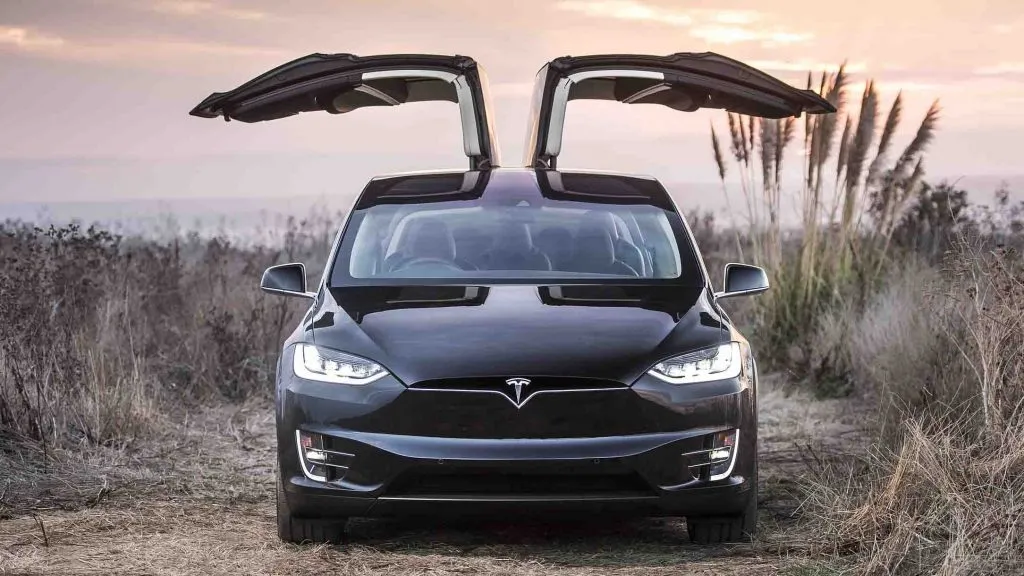
They both make luxury vehicles with a lot of power.
So, while it wouldn’t make much sense to do a write-up on any Maserati vs Tesla Model S in an electric vehicle shoot-out, we can look at things like price, performance, and on-road experience.
Let’s get into it!
Maserati vs Tesla Price
Comparing the prices of these two brands is tricky because there’s a lot of range and you have to consider the target market. Just as the purpose of the vehicle is relevant to a direct comparison, so too is the price. For example, we could write up the Tesla Model S vs Maserati Ghibli, both of which are priced in the low-to-mid $70,000 range, but that would be more of a comparison of the cars than the cost.
Instead, we’re going to consider the lowest price version in some instances where it makes sense and mainly focus on the highest spec models/prices of both brands.
The Model 3 is Tesla’s cheapest offering at a touch under $40,000, though there will almost certainly be a destination fee on top of that. In contrast, the least expensive Maserati is the aforementioned Ghibli, which will set you back $74,390. That’s a big difference.
Of course, there are arguments to make about value for money, but purely on the metric of which is cheapest, you can own a Tesla for nearly $35,000 less than you can own a Maserati.
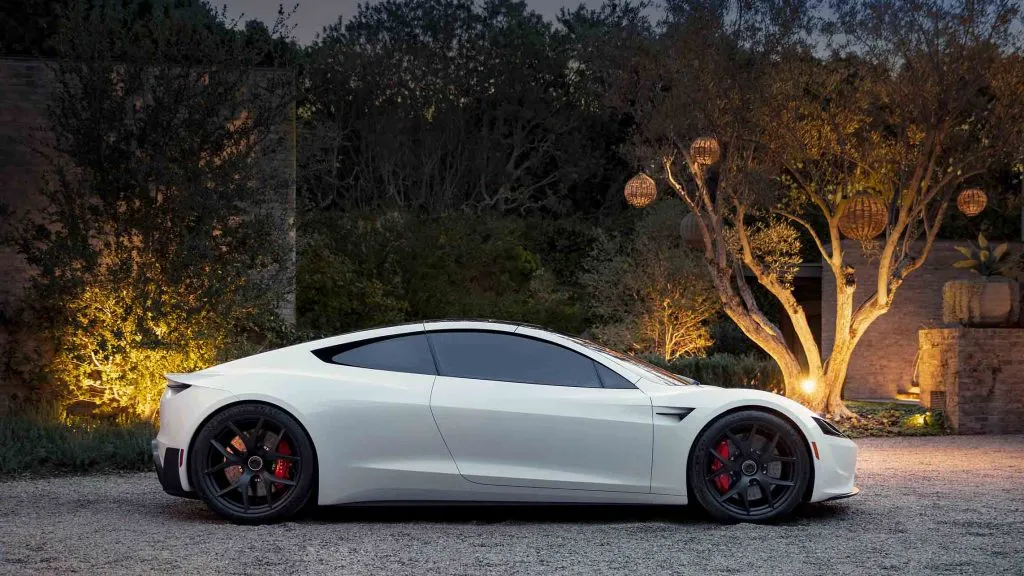
What about the other end of the scale? Tesla’s Roadster is expected to start at $200,000, with The Founders Series, limited to the first 1,000 customers, setting their new owner’s back a cool quarter of a million. Conversely, the most expensive vehicle you can buy from Maserati right now is the Maserati MC20, which will cost you almost $210,000 without any options.
Of course, if we were to factor in the used car market, Tesla is a very young company while Maserati has had many prestigious models sell for millions of dollars, but that would skew things significantly. We’re also not here to compare the rarified greats Maserati has produced over the years.
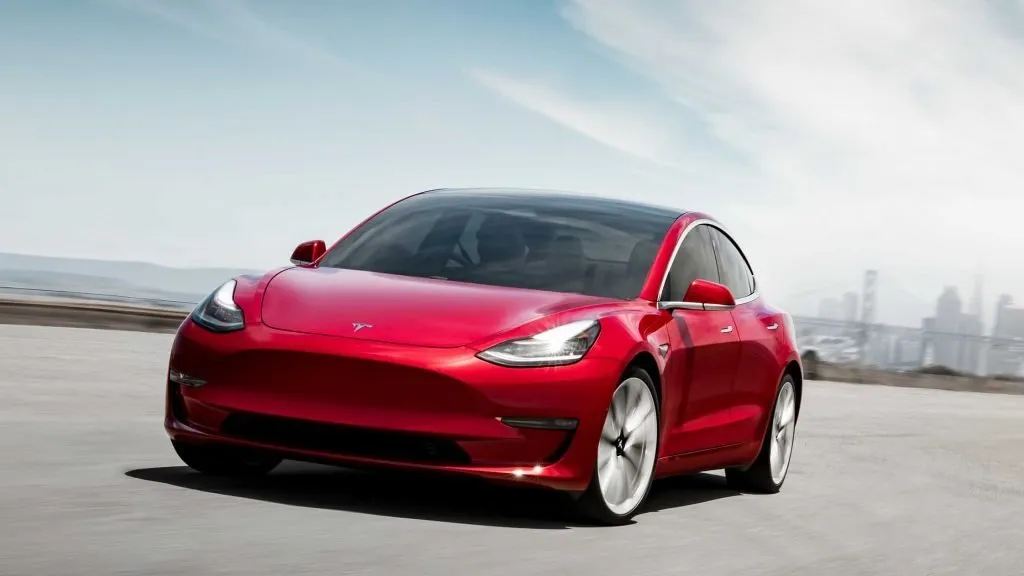
The verdict, entirely depends on what you are looking for. If you just want to own one of these vehicles, the price comparison of any Maserati vs Tesla Model 3 makes Tesla your best bet as it comes in at a more affordable price point. On the other hand, if you want the top-of-the-line model, you’re going to be paying around the same price point. Interestingly the Tesla Model S variants line up nicely with the Maserati Quattroporte and variants
Is a Maserati Faster Than a Tesla?
Now we reach a point where it is almost impossible to compare the two brands without falling into that “electric vs internal combustion engine” trap. Electric vehicles benefit from having a much lower loss of power to the wheels over traditional engine-based drivetrains.
While a traditional engine has to drive its power through transmissions, driveshafts, differentials, and transfer boxes (not necessarily all of those, of course), electric vehicles don’t need a transmission. Indeed, electric vehicle designs are increasingly moving towards per-wheel motors, all but eliminating that loss of power.
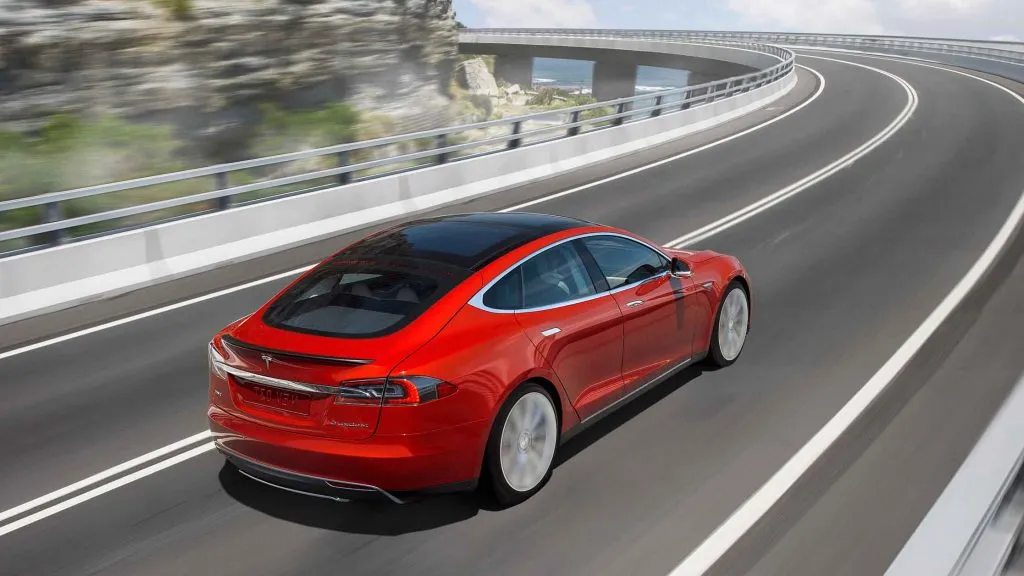
This is why Tesla’s Model S Plaid-a four-door sedan-was able to equal the current 0-60 mph record by a production vehicle (1.99 seconds, if you’re interested). Incidentally, if you take a look at the list of production cars to achieve under 3 seconds times, it’s almost all supercars, with the exception of a few other entries from different variants of the Tesla Model S.
So, if we’re talking about pure acceleration, Tesla takes the Maserati vs Tesla 0-60 pretty comfortably, but it does have that electric advantage. Perhaps Maserati will challenge this dominance with their own foray into the EV market, only time will tell.
What about top speeds? The Tesla Model S boasts a top speed of a hair under 200 mph. Conversely, the fastest Maserati right now is the Quattroporte GTS, which can reach 190 mph.
The upcoming Maserati MC20 boasts a 0-60mph time of around 2.9 seconds and a top speed of 202 mph, but that is a supercar with a $210,000 price tag to match.
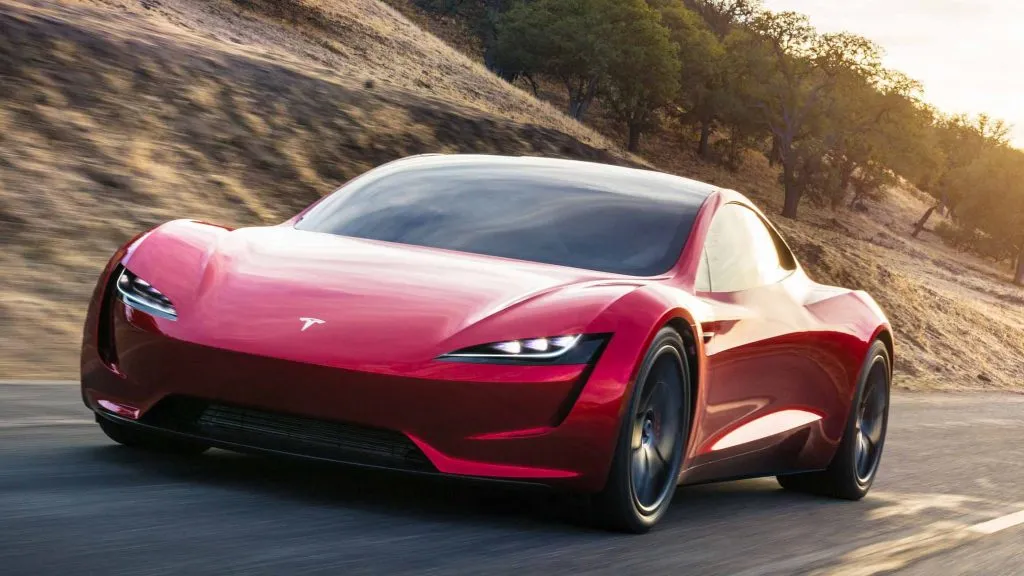
So, if you’re looking for the absolute fastest acceleration and top speed, Tesla pips Maserati once again. However, it’s worth noting that the top speed is hardly significant unless you are competitively racing and these two machines would be in entirely different classes if you were. For everyday use, an extra 10 mph top speed when you are already creeping up on 200 mph should not be a factor. However, day to day, off the lights, the Maserati vs Tesla 0-60 mph time is a different story.
Direct Comparisons
With that in mind, what should be a factor? Well, the cost certainly should be considered, which is why we dedicated a section to that, but if we’re disregarding the relatively small difference in performance, and we’re not going to get into the electric vs engine debate, where do we go?
To direct comparisons, of course. In this section, we’re going to consider things like features, comfort, and running costs. And, to make it interesting, we’re going to make it a head-to-head.
Tesla Model 3 vs Maserati Ghibli
The Tesla Model 3 $51,190 and an estimation of a $5,800 savings on gas for a year! How can we even compare that if you’re looking for bang for buck against the Maserati Ghibli. Let’s have a bit of a laugh and just entertain the two for a moment. And I’m honestly all for the combustion engine, but how can you ignore the fact that the Performance version of the Tesla Model 3 is only 51,190 and you can get from 0 – 60 in just 3.1 seconds.
It’s amazing, such an impressive figure for such a low price. The car will also propel you to a model 162mph, but who is really going to go that fast on public road? Almost nobody.
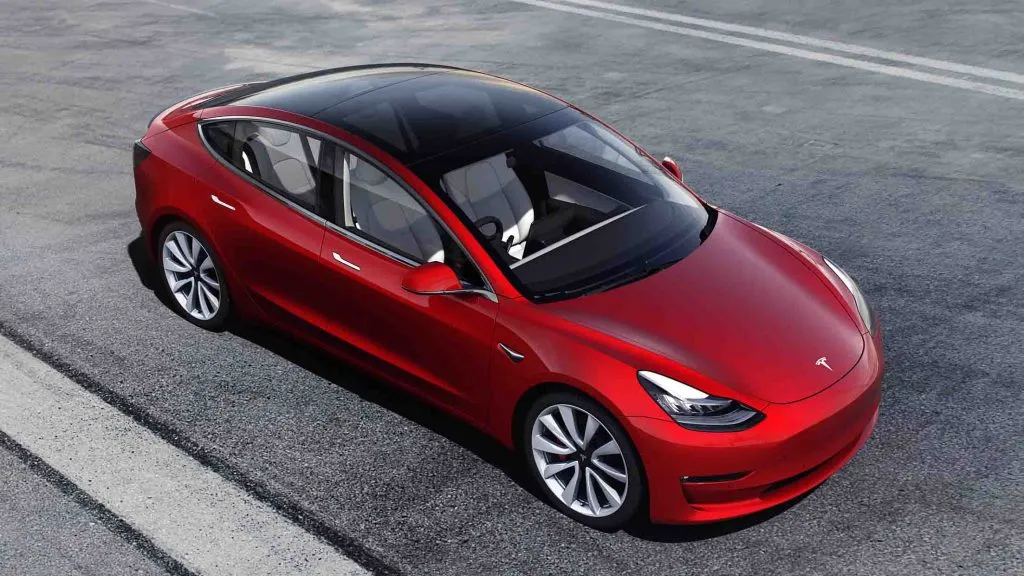
Let’s take a look at the Maserati Ghibli, there’s no doubt the Ghibli is well appointed, the styling is beautiful, but the Performance version, known as the Ghibli Trofeo isn’t a patch compared to the Tesla Model 3. You get 345HP and you can go from 0 – 60mph in 5.5 seconds and up to 166mph. Yes, the motor is a V8 that does produce a sound unlike the Model 3, but it’s not the same V8 that was put in the glorious sounding Maserati Granturismo, Quattroporte V and Maserati Gransport.
The interior of the Ghibli is definitely much more refined and luxurious, but the Model 3 is starting to look like it’s heading toward semi-premium territory with regards to its interior and it’s only up here with upgrades for the Tesla interior.
The infotainment is also a step above the rest in the Model 3 compared to the Ghibli.
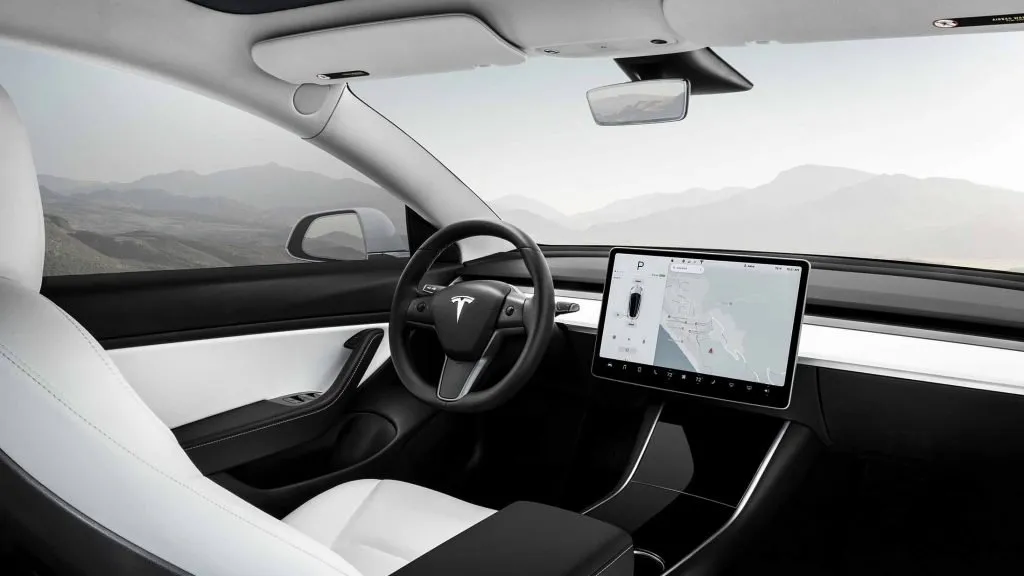
So, when looking at these two cars you really have a choice, do you want something that looks amazing and produces an Italian V8 grumble with a stunning interior and average infotainment or do you want the best performance, best infotainment and a reasonably ok looking Model 3. I’ve also left the biggest deterrent till last, you get this compromised performance from Maserati for more than double the cost of the Tesla Model 3 at $110,000.
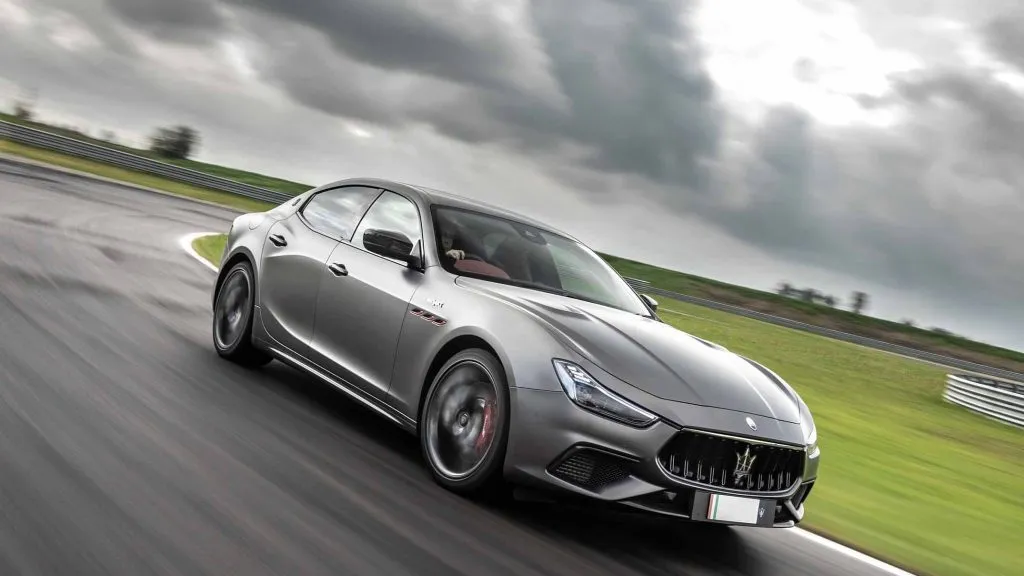
It saddens me to say this, as I love Maserati, but unfortunately you just can’t go past the value for money with the Model 3, therefore Tesla wins this one. Especially with the added benefit that it’s arguably friendlier to the environment, not that it’s my main priority, but it doesn’t hurt.
Tesla Model S vs Maserati Quattroporte
With the Maserati MC20 and Tesla Roadster yet to hit the market, this is essentially a battle of the top dogs from both brands. The Tesla Model S vs the Maserati Quattroporte, with an emphasis on the Plaid version vs the Trofeo version.
The Maserati Quattroporte Trofeo tips the financial scales at around $143,000 before options, while the Tesla Model S Plaid fully optioned will set you back a little under $150,000. Unfortunately for the Quattroporte, much of the justification for that extra cost is subjective.
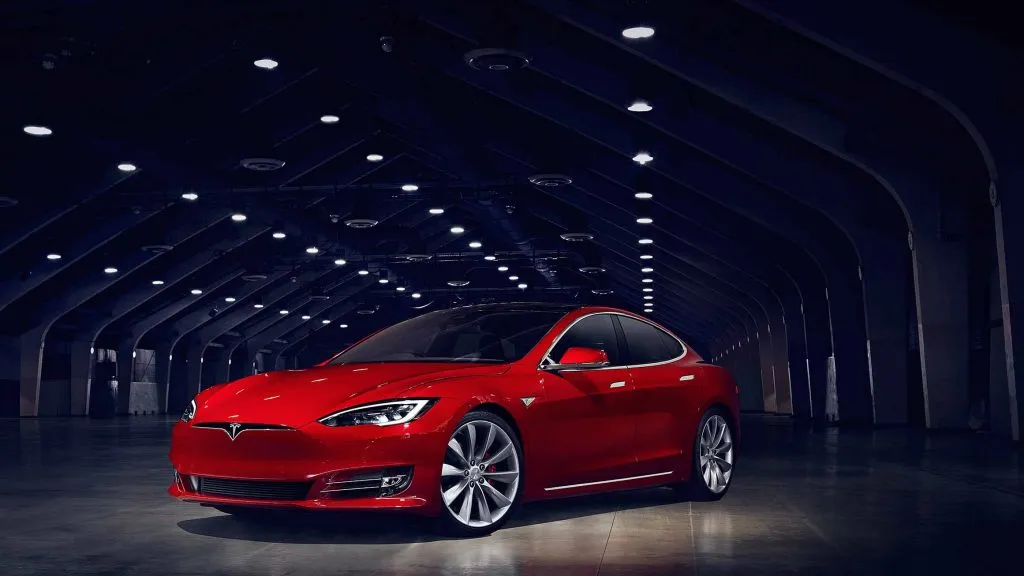
With the Tesla already benefitting from the performance advantages we mentioned above, and electric generally being considered more cost-effective per mile (though your charging situation affects that), the appeal of the Maserati comes down to whether you prefer the look, feel, and experience of the luxury Italian car.
The Model S is packed full of features, such as air suspension, rear-view cameras, and all manner of in-car systems. There really isn’t much that the Quattroporte offers that the Model S doesn’t. And, of course, the Model S is a five-seater sedan with plenty of room, much like the Quattroporte, thought it may just have marginally less space in the rear for passengers than the Model S.
Still, if you want that luxury Italian sports car experience, there’s no comparison. There’s no denying that the Tesla can feel a little sterile inside, whereas the Quattroporte has that warm, comfortable feel that comes with decades of painstaking design language and heritage. This is where the Tesla falls down, as it’s difficult to compare Italian design brilliance with the lacking Tesla interior.
And, of course, the feel of a powerful V8 engine is entirely absent in the Tesla. For styling and feeling that comes with Maserati ownership the Italians win hands down. But from the technology and performance stand point, all manufacturers find it increasingly difficult to keep up with Tesla.
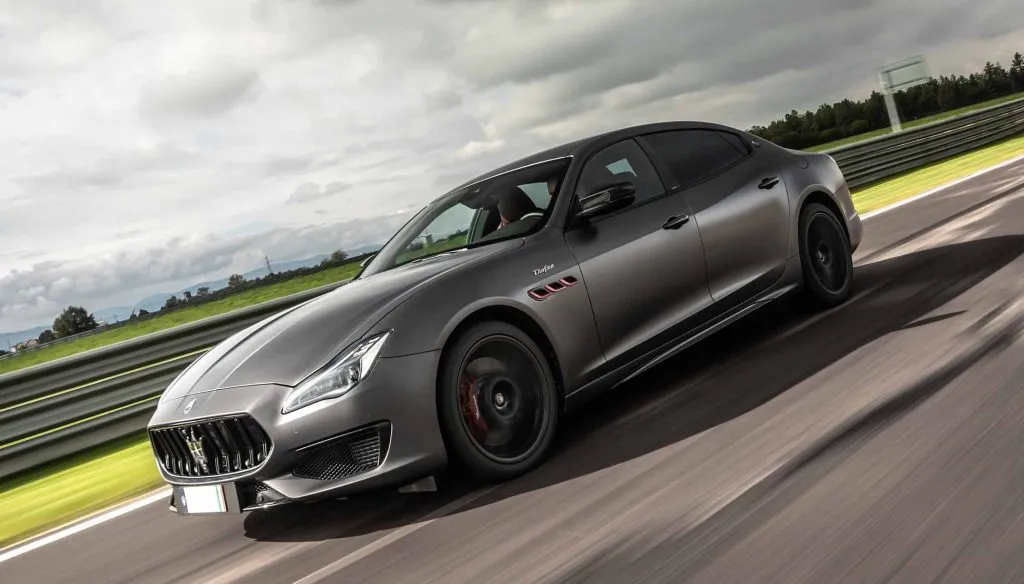
Let’s take a quick look at the figures, the Maserati Quattroporte Trofeo has 580hp, 0 – 60 in just 4.2 seconds topping out all the way up to a top speed of 203mph. Sounds impressive but if we then shift over to the Tesla Model S Plaid specs, we get a very different story with boasting it’s the quickest accelerating car in production today propelling the driver from 0 – 60 mph in just 1.99 seconds and a quarter mile time of 9.23 seconds at 115mph trap speed.
The Model S Plaid also has 1,020 hp, which absolutely blows the Quattroporte out of the water. It pains me greatly to say this, but another win goes to the Tesla.
Maserati Levante vs Tesla Model X
Much like the previous comparison’s costing, the Maserati Levante Trofeo retails a little over $150,000, whereas the Tesla Model X Plaid finishes off at $144,000 fully optioned. Though for comparison’s sake the Tesla Model X base model starts at $104,000 whilst the Maserati Levante base model is just a modest $78,000, this flips the previous comparison on its head.
Despite the difference in cost, this comparison is a little more evenly matched when looking at the highest options of both, pitting both the Maserati Levante Trofeo and Tesla Model X SUVs against each other.
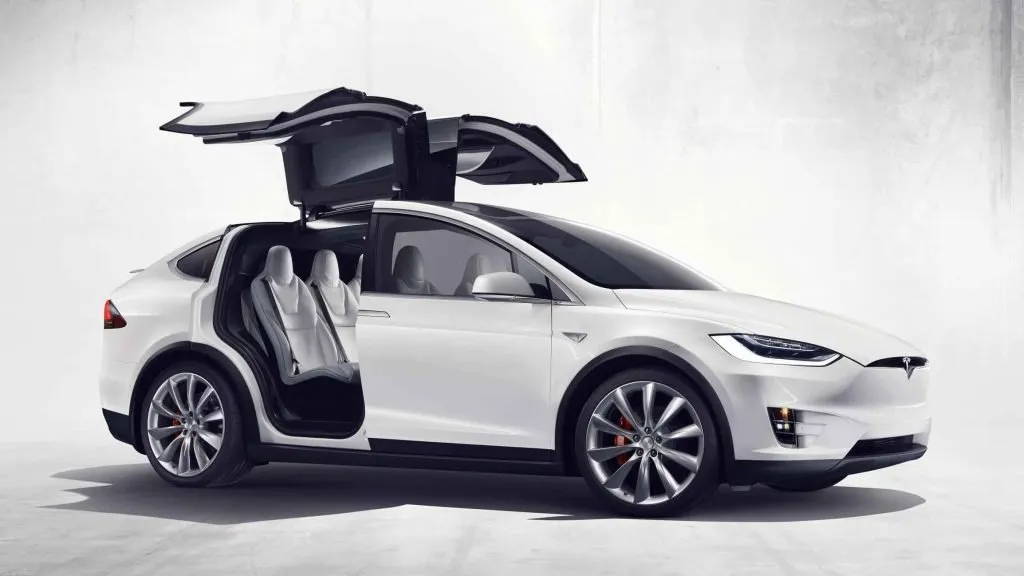
For all intents and purposes, both cars are an attempt to appeal to the family car market, and so some of the focus is taken away from Italian sportscar heritage and ultra-futuristic electric vehicles. Both cars have plenty of space inside for passengers to sit comfortably. The Model X boasts significantly more storage space, largely thanks to the lack of an engine up front.
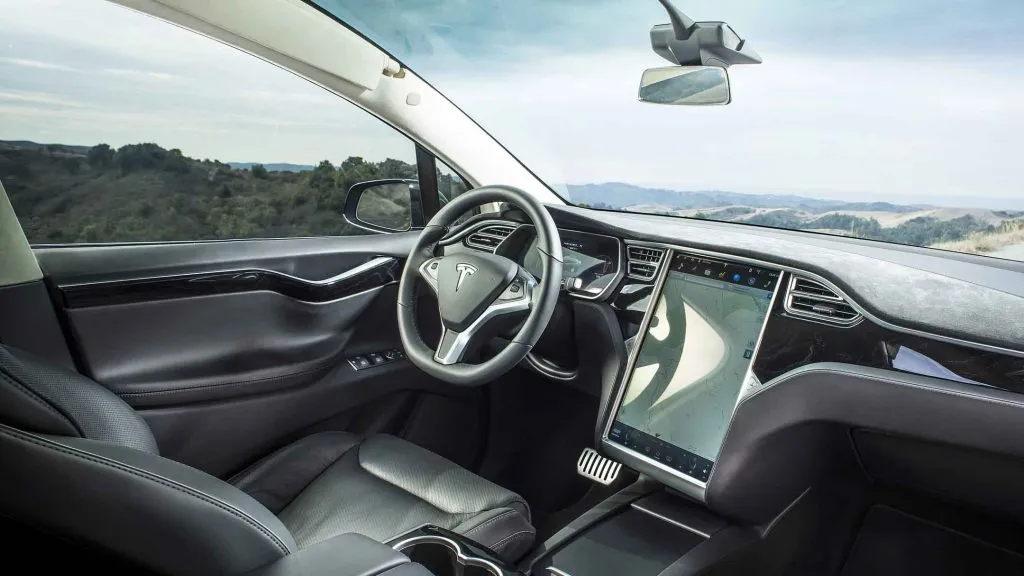
As we’ve covered at length, that the electric motors of the Tesla have an advantage over the Maserati’s Trofeo V8 engines, but a more relevant figure for an SUV is the range. The Levante boasts a maximum range of 422 miles, comfortably beating the Model X Plaid’s 340 mile full charge range. When you factor in that even with increasingly fast charging tech, it takes longer to charge an EV than to fill up a tank, an extra 83 miles range can make a big difference to a family who likes to go on road trips.
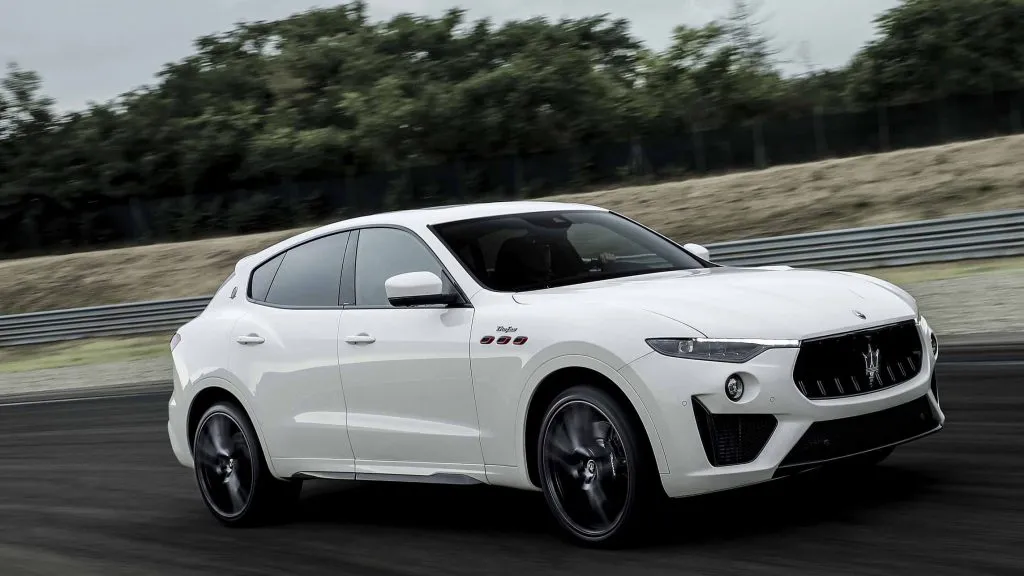
But once again, the electric motor comes into its own, even for such a large SUV, it’s pushing a hair splitting 2.4 second time for 0 – 60 mph and top speed of 149 mph. This is whilst the Levante Trofeo lags behind with a depressing 0 – 60 time of just 5.8 seconds and top speed of 156mph. There’s no disadvantage with drivetrain either as both cars are AWD (all-wheel-drive).
On all fronts, for performance and practicality which is the main purpose of an SUV the Tesla Model X just cannot be beaten by its Italian counterpart. Maybe in the future if Maserati blend hybrid technology with V8 power they might be able to beat the Model X Plaid on the performance front. But Elon Musk will probably come up with an even more compelling package by then.
Maserati MC20 and Tesla Roadster
I know I said earlier the Maserati MC20 and Tesla Roadster are yet to hit the market but it’s fair to do a quick comparison on each special Tesla vs Maserati based off the information we currently have available. Both of these cars are unapologetically focused on pure performance. It’s something the world needs, two outright performance monsters from the new electric world and another using old fashioned fire power.
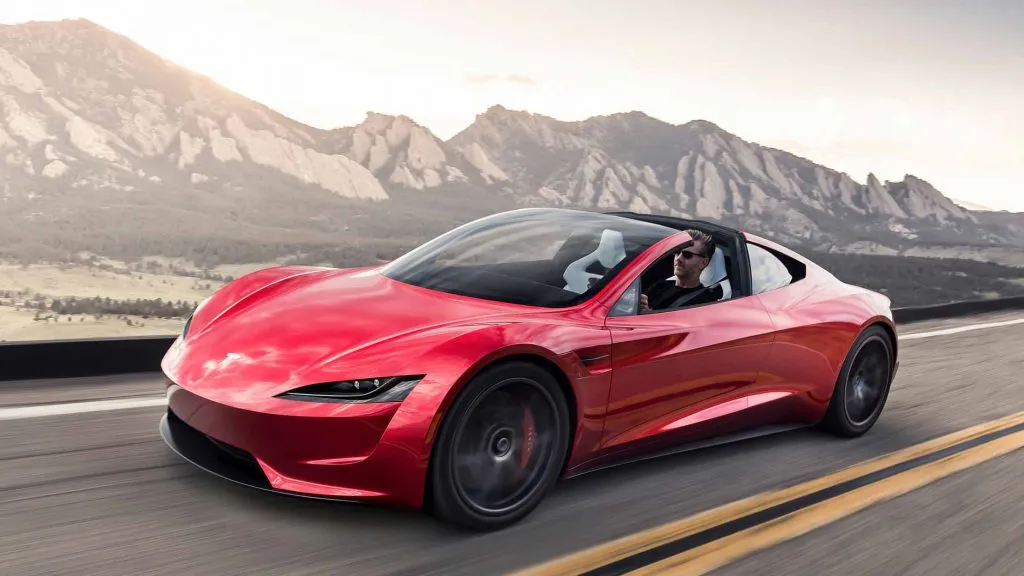
It’s no surprise, but actually exciting to see where Tesla will take their new Tesla Roadster, they’ve claimed a 0 – 60 mph time of under 1.9 seconds and I wouldn’t be shocked if they take another few tenths off that for the production model. It will most likely also come with their very cool and futuristic ‘Yoke’ style steering wheel. They’ve also mentioned some sort of Tesla Roadster Space X version, that could come equipped with a rocket booster that would propel the car to ridiculous speeds even quicker, or maybe it will be a gimmick.
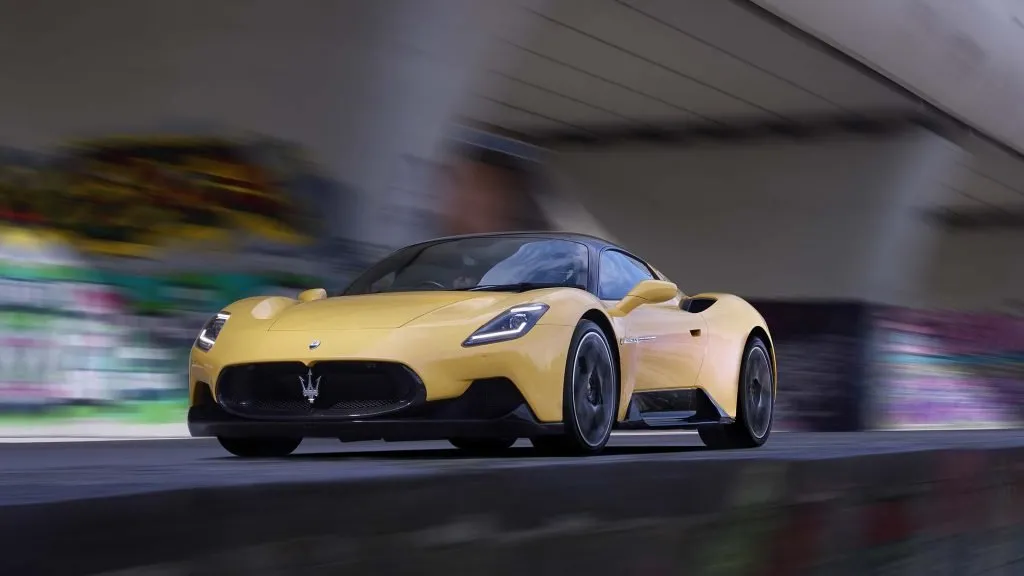
On the flip side, the Maserati MC20 is expected to be released with a 3 Liter twin turbo V6, which is a bit strange for a brand that is so well known for their performance V8’s and V12’s in their rare special MC cars such as the predecessor, the Maserati MC12. The V6 will output 621 hp with a 0 – 60 mph time of 2.9 seconds or less. It’s an unfair comparison to the electric Tesla Roadster, but still, the opinion on performance remains the same as per what I’ve said about previous Tesla’s.
Is a Maserati more Expensive than a Tesla?
In the above Tesla vs Maserati comparisons, it’s quite clear to see that Maserati is easily the more expensive option of the two. This comes with the exception of the Tesla Model S Plaid being priced slightly above the Maserati Quattroporte Trofeo.
The analysis has generally been performed on the like for like models of each manufacturer. Meaning, only focusing on the higher end variants of each model as that’s where pricing is most similar and where the Maserati’s have the best chance to match the Tesla’s performance, which they unfortunately do not.
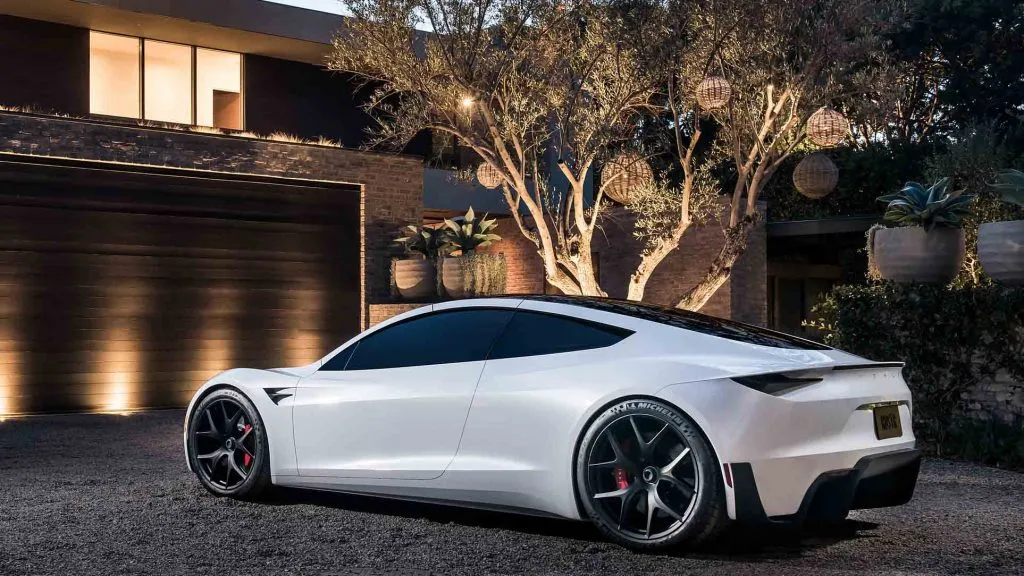
The Verdict
The Tesla vs Maserati comparison is a tough one, and there’s only really two ways it can be broken down. If you like the feel and sound of a powerful combustion engine or the look of Italian sports cars, there’s not much in the Tesla range that will turn your head. Maserati really has the upper hand on most Tesla models in regards to styling, inside and outside of the car.
However, if you are purely going for the best value for money, and outright savage performance, then every single Tesla will be the better option by a sizeable amount. Do you prefer the elegance of Italian styling and roar of an V8 Italian thorough bred or the swift performance of an electrifying Tesla?

